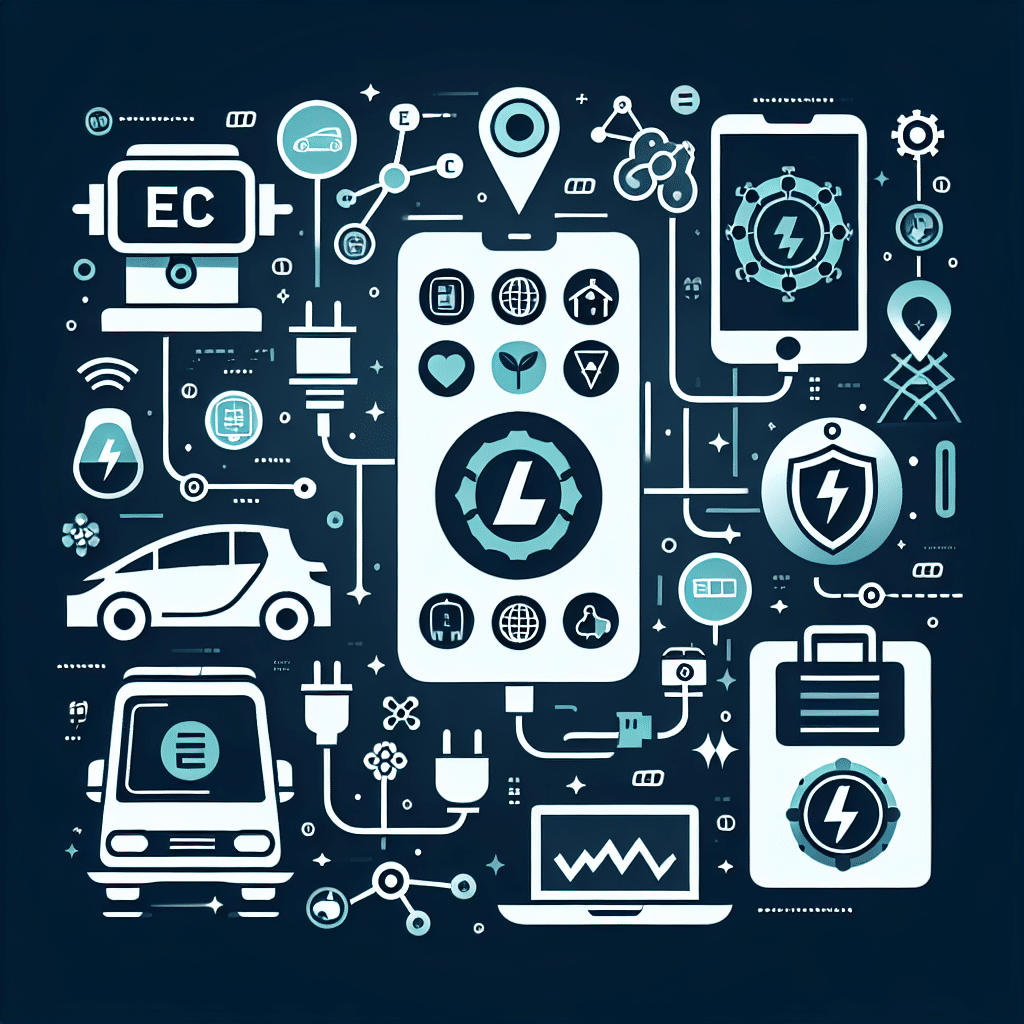Understanding EV Charging Apps and Networks
As electric vehicles (EVs) become increasingly popular, the need for efficient charging solutions has risen. EV charging apps and networks play a crucial role in easing this transition, making it simpler for drivers to locate, access, and manage charging stations. This article explores the functionality, significance, and key players in the EV charging landscape.
Types of EV Charging Networks
1. Public Charging Networks
Public charging networks consist of various charging stations that are accessible to all EV users. These networks differ in terms of the type of charging they offer:
-
Level 1 Charging: This is the slowest charging method, typically using a standard 120-volt outlet. Level 1 charging is best for overnight charging when vehicles are parked for prolonged periods.
-
Level 2 Charging: Providing a faster charging experience, Level 2 stations typically use 240-volt outlets. Commonly found in public areas like shopping centers and office buildings, they can deliver around 10 to 20 miles of range per hour.
-
DC Fast Charging (DCFC): This type offers rapid charging capabilities, allowing EVs to gain significant range in less than an hour. DCFC stations are often located along highways, making them essential for long-distance travel.
2. Private Charging Networks
Private charging networks are operated by individual businesses or private entities, often found in workplaces or within residential communities. While primarily serving private users, they can sometimes offer public access, especially during off-peak hours.
Leading EV Charging Apps
Several apps have emerged to complement charging networks, enhancing the user experience by providing essential information and features.
1. PlugShare
PlugShare remains one of the most popular apps among EV owners due to its extensive database of charging stations. Users can:
- Find nearby charging locations.
- Filter by charging station type and availability.
- View real-time station status updates shared by other users.
- Add reviews and tips to aid fellow drivers.
2. ChargePoint
ChargePoint operates one of the largest networks in the United States and provides an intuitive app that offers:
- A map displaying all ChargePoint stations.
- Smart pricing features detailing charging costs.
- The ability to start and stop charging sessions and pay directly through the app.
- Notifications when vehicles are fully charged.
3. EVgo
Focusing primarily on fast-charging stations, the EVgo app allows users to navigate to their nearest fast chargers easily. Its key features include:
- Real-time updates about station availability.
- The ability to reserve charging spots in advance.
- Access to exclusive promotions and pricing options.
4. Tesla Supercharger
For Tesla owners, the Supercharger app integrates seamlessly with the vehicle’s navigation system. Charging locations are automatically plotted along the route, providing real-time updates on availability and estimated charging times.
The Role of Apps in Enhancing User Experience
In addition to basic functionalities like station location, EV charging apps enhance user experience in several ways:
-
Payment Simplification: Many apps allow users to pay directly through their mobile device, removing the need for multiple payment cards or memberships.
-
Route Planning: Advanced navigation features enable users to plan their journeys with charging stops considered, significantly reducing range anxiety.
-
Charge Management: Several apps provide users with charging history records and energy consumption insights, helping them track efficiency and costs.
Collaborations and Partnerships
A notable trend in the EV charging landscape is the collaboration among businesses to enhance charging networks. Charging app developers are partnering with automakers, retail chains, and municipalities to expand accessibility and improve infrastructure. For instance, partnerships between ChargePoint and major retailers can lead to more charging stations at convenient locations, driving foot traffic and enhancing the shopping experience.
Importance of Interoperability
Interoperability between different charging networks and apps is vital for user convenience. Standardizing charging plugs and payment systems helps eliminate confusion for users who may encounter various networks during their travels. Collaborations such as the Open Charge Alliance aim to develop open standards, making it easier for drivers to charge at diverse stations without needing multiple accounts or memberships.
Future Trends in EV Charging Networks
As EV adoption continues to rise, several future trends are likely to shape the EV charging landscape:
-
Increased Infrastructure Investments: Governments and enterprises are expected to significantly invest in charging infrastructure. Initiatives such as expanding charging stations in urban and rural areas aim to address the gaps in current networks.
-
Enhanced Fast-Charging Technology: Advancements in charging technology will reduce charge times even further, making fast charging as convenient as filling up a gasoline vehicle.
-
Smart Charging Solutions: Integration of smart grid technologies will allow for optimized charging based on energy demand and supply, helping to stabilize the grid while minimizing charging costs for users.
-
Battery Technology Improvements: As battery technology evolves, with improvements in capacity and efficiency, charging networks will also adapt to accommodate these new technologies, further enhancing user experience.
Conclusion
As electric vehicles become an integral part of our transportation ecosystem, understanding the role of EV charging apps and networks is essential. These tools not only facilitate the charging process but also significantly enhance the overall experience of EV ownership. The blend of technology, infrastructure, and innovation in this space will continue to evolve, ultimately fostering a more sustainable future in transportation.
